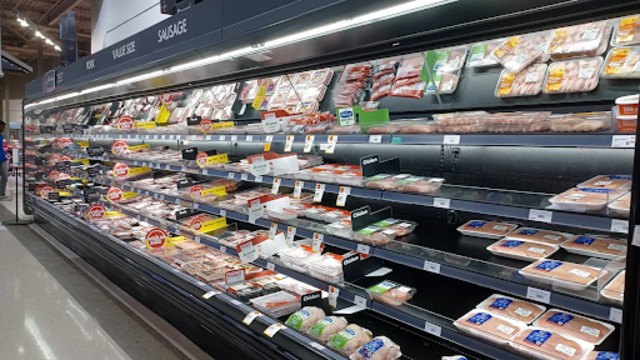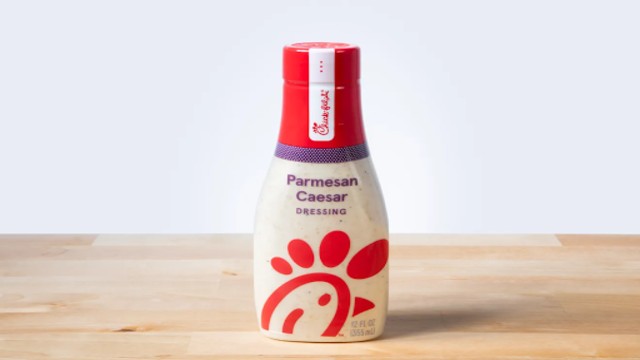
Photo from Treeoflife.ca
Canada's food and beverage (F&B) manufacturing sector faces a blend of challenges and opportunities in the upcoming year, as outlined in the latest Food and Beverage Report by Farm Credit Canada (FCC).
Following a record-high of $165 billion in sales for food and beverage manufacturing in the previous year, 2024 is projected to witness a slowdown in sales growth due to decreasing inflation rates and tighter consumer budgets.
Despite sector-specific challenges and evolving consumer shopping patterns, the overall outlook remains positive. Factors such as population growth and stabilized input costs contribute to the expectation of improved profit margins in 2024.
FCC's chief economist, J.P. Gervais, highlighted the evolving consumer landscape, emphasizing that high inflation and rising interest rates in recent years have impacted household budgets, resulting in shifts in consumer spending habits. Consequently, average spending on food and beverages decreased in 2023.
While changes in consumer behavior may present obstacles, they also offer opportunities for innovation among food and beverage manufacturers. Gervais noted that taste remains a primary consideration for consumers, but increased price sensitivity has prompted processors to adapt and meet evolving consumer demands.
FCC Economics predicts a slight decline of 1.4% in food and beverage manufacturing sales for 2024. However, gross margins are anticipated to improve by an average of 1.7%. One factor that could influence these forecasts is the resilience of the U.S. economy, which may lead to export growth.
The decline in commodity prices is expected to continue, positively impacting margins throughout 2024 as these trends permeate the supply chain. Additionally, the report forecasts a decrease in the inflation rate for food purchased at grocery stores, projected to fall below two percent in the spring and stabilize around pre-pandemic levels thereafter.
Despite ongoing challenges, Gervais remains optimistic about the prospects for Canadian food and beverage manufacturers in 2024. By adapting to changing consumer preferences and leveraging opportunities arising from population growth, the industry can approach the coming year with cautious optimism.
The FCC Food and Beverage Report provides insights and analysis across various segments, including grain and oilseed milling, dairy, meat, sugar, confectionery, bakery and tortilla products, seafood preparation, fruit, vegetable and specialty foods, as well as soft drinks and alcoholic beverages.















